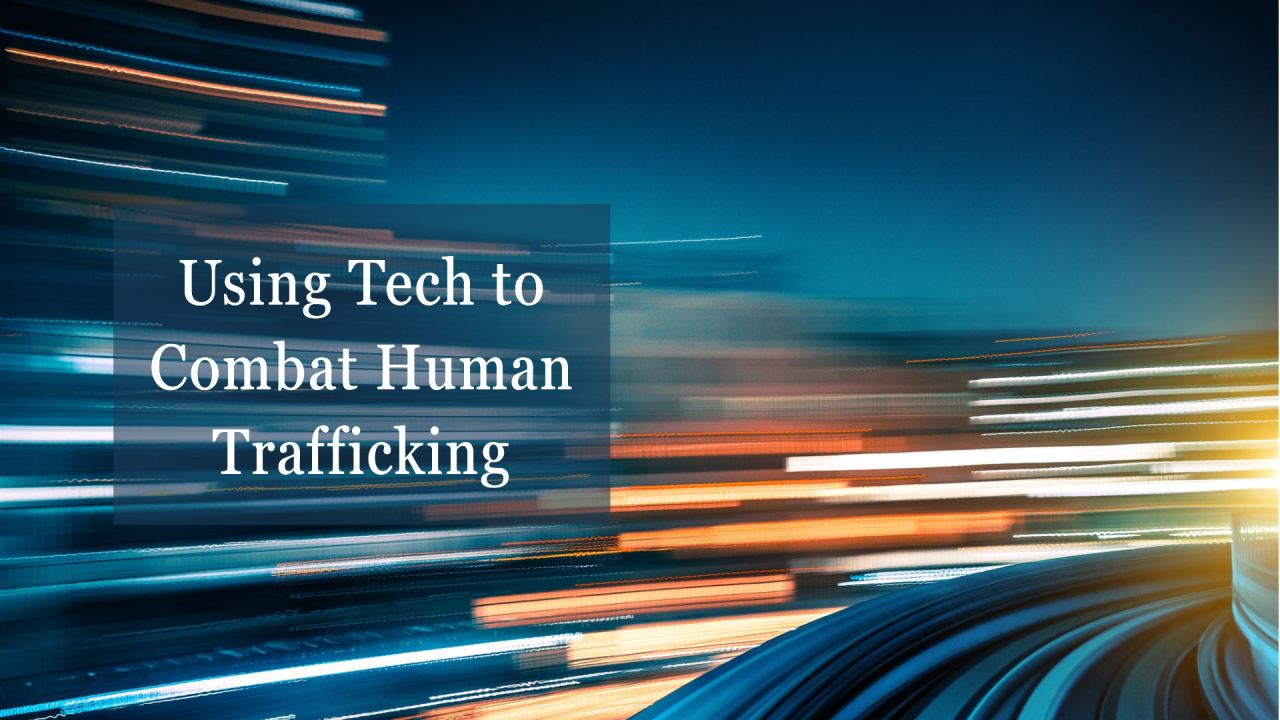
NGOCSTIP – Data-Driven Innovations in Fighting Human Trafficking are reshaping how this crime is tackled worldwide. Researchers and law enforcement agencies increasingly rely on advanced technologies. These tools analyze vast amounts of data to reveal hidden trafficking networks. The integration of artificial intelligence and data analytics enables faster identification of patterns. This approach strengthens efforts to dismantle trafficking rings and protect victims. Innovative tech solutions offer new hope against a crime that often operates in the shadows. With ongoing advancements, these tools improve the precision and speed of interventions. Stakeholders across sectors collaborate to leverage data effectively. This article explores how data-driven methods transform anti-trafficking initiatives globally.
Advanced data analytics serve as a backbone for modern anti-trafficking strategies. Large datasets from multiple sources are collected and analyzed. Social media, financial transactions, and travel records provide valuable clues. Algorithms detect suspicious patterns that may indicate trafficking activities. Data visualization tools map networks and highlight key players. These insights allow authorities to act before victims are harmed. Analytics also track emerging trafficking trends in real time. This dynamic approach adapts to traffickers’ evolving methods. Data-driven investigations uncover connections previously invisible to human eyes. Consequently, law enforcement gains a strategic advantage over traffickers.
“Read about: Cracking Down on Trafficking: Human Trafficking Institute Begins Work in Kenya”
Artificial intelligence (AI) dramatically enhances the detection and prevention of human trafficking. Machine learning models analyze complex data faster than traditional methods. AI identifies anomalies in communication or financial flows that signal trafficking. Natural language processing helps monitor online content for exploitation signs. Chatbots and automated systems assist in victim identification and support. AI-powered tools can process multilingual data from diverse regions. These capabilities extend anti-trafficking reach across borders. Furthermore, predictive analytics forecast high-risk areas and populations. This information directs resources where they are most needed. AI’s continuous learning improves detection accuracy over time.
“Read more: Why Are More Kids Struggling? Inside the Child Mental Health Epidemic”
Law enforcement agencies worldwide benefit from data-driven innovations. Intelligence gathered through analytics informs targeted operations. Coordinated raids and arrests disrupt trafficking networks effectively. Real-time alerts help officers respond swiftly to emerging threats. Digital evidence gathered aids successful prosecutions in court. Data-sharing platforms enhance cooperation between jurisdictions and agencies. Training programs equip officers with skills to use tech tools confidently. This approach reduces reliance on traditional investigative methods alone. It increases the speed and efficiency of responses to trafficking incidents. The integration of data technology fosters smarter policing strategies overall.
Despite many successes, significant challenges still remain in implementing data-driven anti-trafficking tools. For example, privacy concerns arise frequently when collecting sensitive personal information. Therefore, ensuring data security and protecting victims’ identities becomes crucial. Moreover, bias in algorithms must be addressed carefully to avoid wrongful accusations. In addition, transparency in AI decision-making processes builds trust among all stakeholders involved. Furthermore, collaboration between tech developers, law enforcement, and human rights groups is essential for progress. Meanwhile, continuous evaluation ensures that ethical standards are upheld throughout use. However, funding and resource limitations can restrict technology adoption in some areas. Consequently, overcoming these barriers is vital for sustainable, responsible innovation. Overall, Data-Driven Innovations in Fighting Human Trafficking depend on addressing these complex challenges effectively.
The future of anti-trafficking efforts lies in expanding data-driven technologies. Integrating blockchain could enhance transparency and traceability in supply chains. Wearable devices and mobile apps may improve victim identification and communication. Cross-sector partnerships will foster innovation and resource sharing. Open data initiatives encourage community involvement and advocacy. Increasing global digital connectivity supports wider deployment of these tools. Research continues to refine AI models for better predictive power. Public awareness campaigns utilize data insights to educate vulnerable populations. Embracing these opportunities promises more effective and humane anti-trafficking measures.